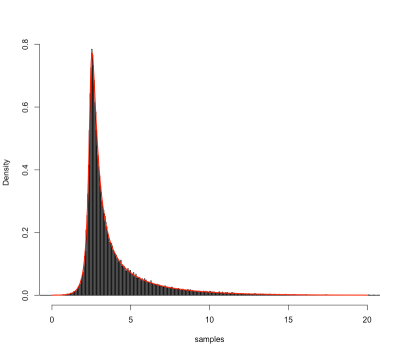Coding algorithms in R for models written in Stan
Hi all, On top of recommending the excellent autobiography of Stanislaw Ulam, this post is about using the software Stan, but not directly to perform inference, instead to obtain R functions to evaluate a target’s probability density function and its gradient. With which, one can implement custom methods, while ...




